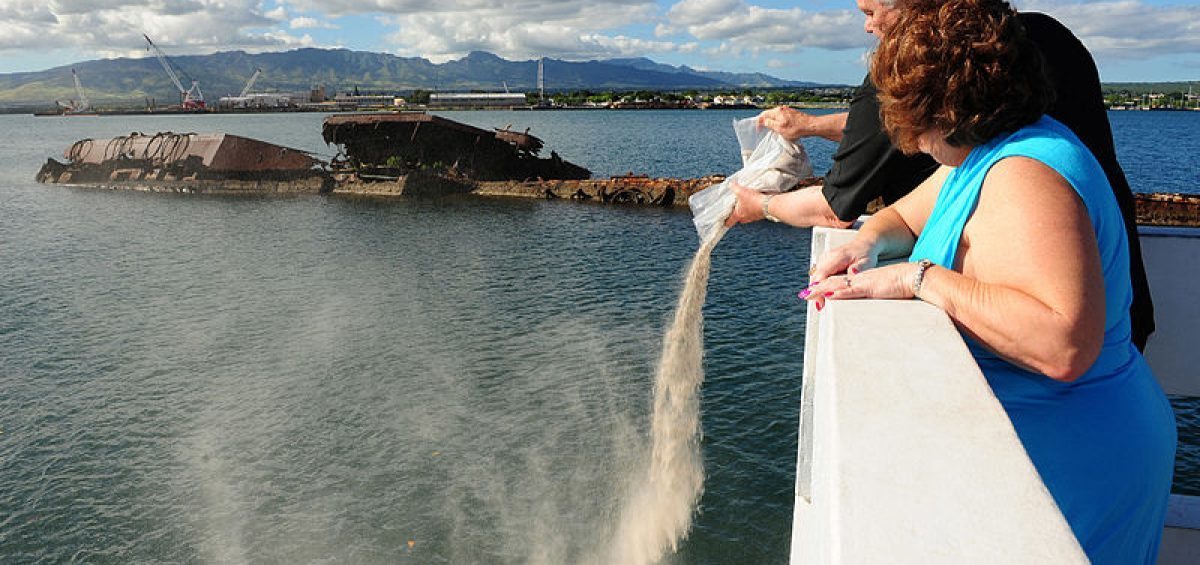What Happens To Ashes Scattered At Sea?

Your loved ones might adore cruising through the ocean so much that they might want their ashes scattered into the sea on their passing.
Their heirs, who need to accomplish this task, might have questions about the process and what happens after they say a final goodbye to the deceased.
After the cremation process concludes, bone fragments of your loved ones are allowed to cool down and then passed through a magnetic field to extract pieces of metal like tooth fillings or surgical implants.
The fragments are then processed and reduced into dense, sand-like ashes. Once that’s done, ash scattering can be carried out as per the wishes of the deceased.
What are ashes comprised of?
Ashes only consist of pulverized bone fragments. The fragments of an adult male normally weigh around six pounds, while that of an adult female weigh nearly four pounds.
Since the cremation process destroys all organic matter along with all bodily fluids, human ashes can’t cause any sort of health hazard to living beings or the environment.
That’s why ash scattering is considered safe in most US states and around the world.
Scattering the ashes
Unlike sea burials, ash scattering regulations are quite generous and don’t require you to procure a license or permit. However, if you are scattering near the coast or over a water body, the Environmental Protection Agency (EPA) has a few guidelines you need to follow:
- Don’t scatter any non-biodegradable items or wreaths.
- Find a spot away from buildings and avoid places where people might be bathing or fishing.
- Avoid a place where water is being collected.
- Scatter the ashes close to the water’s surface.
- Avoid windy days as ashes can blow about and impact people who live or work nearby.
What happens to scattered ashes?
How you spread ashes at the sea or on a river is up to you. Many people choose to simply say a few words or play music while releasing the ashes into the water.
You can also scatter flower petals, messages on paper, or floral wreaths with the ashes, as long as they’re made of biodegradable materials.
You can even carry out ash scattering by using a biodegradable urn. These urns are released directly on the water and dissolve seamlessly into the sea.
Ashes are made of tiny fragments of bones, which are fundamentally calcium phosphate. Thus, these fragments slowly sink into the water and gently flow with the tides much like pebbles.


